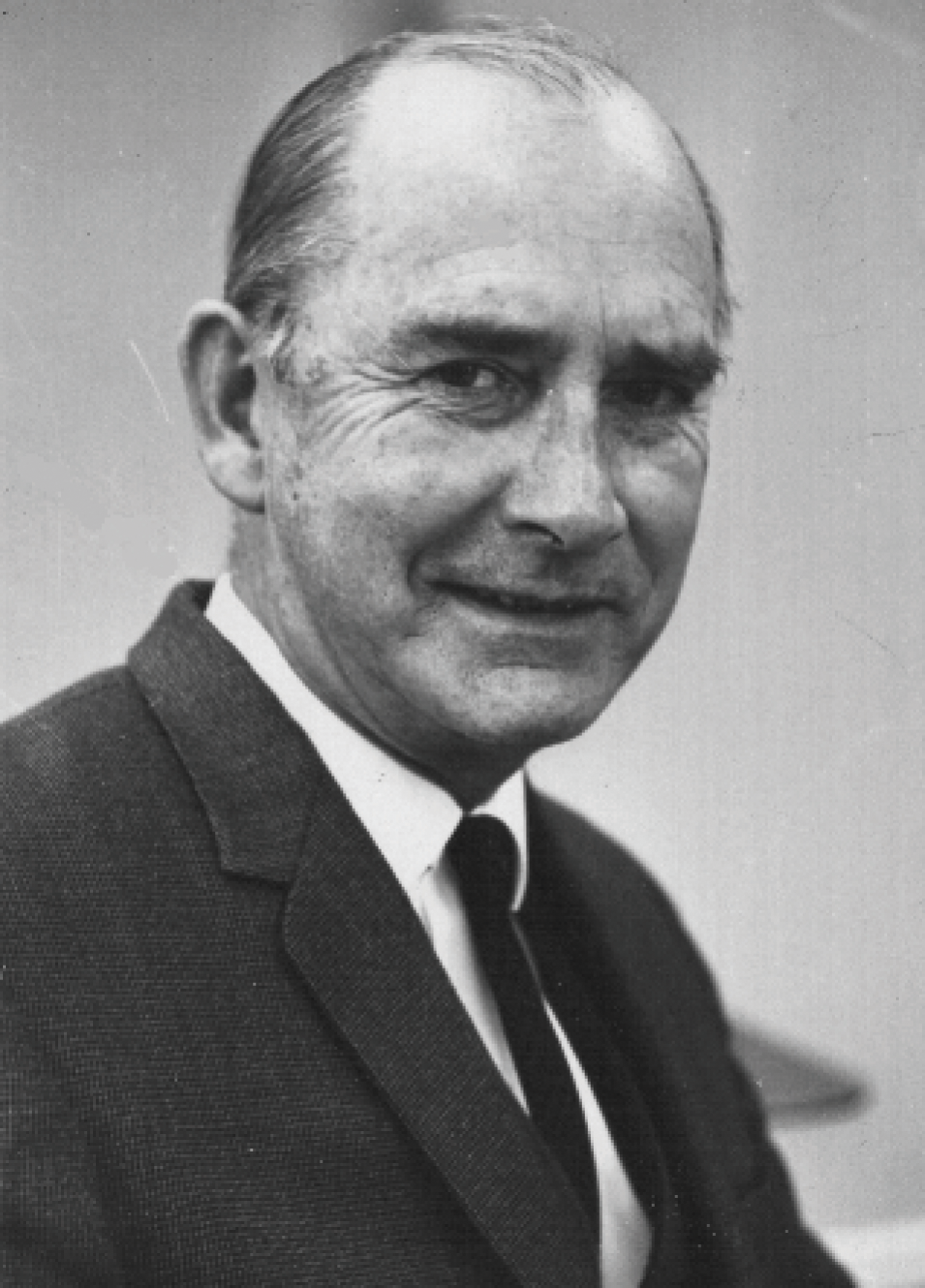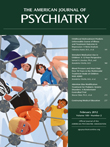The Australian psychiatrist John Cade has long been acknowledged (
1) for a landmark biomedical research advance: the discovery that lithium is an efficacious treatment for mania. Lithium's therapeutic use initiated modern psychopharmacology, predating formal antipsychotic and antidepressant drugs, and ushering in the condition-specific psychopharmacological era (
2, p. 285). Lithium's role as a mood stabilizer was progressively recognized following approval by the U.S. Food and Drug Administration in 1970. A
Science article in 1994 quantified its savings to the U.S. economy alone as approximately $145 billion (
3), while its other benefits, such as its unique antisuicidal propensities and low risk-benefit ratio during pregnancy and breast-feeding (
4), were progressively recognized.
Cade's seminal 1949 article (
5) described the impact of lithium salts in resolving “psychotic excitement” in 10 manic patients, while he observed no “fundamental improvement” in six with “dementia praecox.” As a case report of an uncontrolled study undertaken in a distant corner of the world (although Melbourne was the setting for the postapocalyptic film
On the Beach), it was predictably ignored by the academic community for more than two decades. Lithium's clinical efficacy was subsequently put on the map by Danish researchers—Mogens Schou in particular—whose methodical studies confirmed its antimanic and prophylactic properties, although their near-definitive double-blind discontinuation study was published only in 1970 (
4). Cade was the “artistic scientist” working by intuition and induction, while Schou was the “systematic scientist” employing convergent logic (
2, p. 262).
The question as to whether Cade discovered or rediscovered lithium has been raised and is the focus here. Is the story similar to the “black dog” metaphor, in that there is no tidy linear historiographic trail? In terms of medicinal origins, there are anecdotal accounts of lithium's use in the American Civil War to settle overly excited soldiers, while various forms of lithium (and other alkalines) were used from the 1850s, albeit principally to treat gouty conditions. Lithium was subsequently positioned as useful—especially as lithia waters (and even beer-based and 7-Up preparations)—across many psychological and physical maladies (
2). But Cade's status as the discoverer of lithium has been more specifically challenged. For example, Yeragani and Gershon (
6) noted an 1871 case report from William Hammond (based at New York's Bellevue Hospital) of lithium bromide prescribed for acute mania.
The question has been closely pursued by Schioldann (
2). His premise is that all knowledge is cumulative and dependent on previous discoveries. He records the long-held view that gout contributed to mental illnesses, including mania and melancholia, and notes how, in the mid-19th century, Garrod used lithium to dissolve uric acid—the putative diathesis factor in affective disorders.
Schioldann argues that the Lange brothers (Carl and Frederik) of Denmark “must be considered founding fathers of lithium therapy” in using “lithium therapy systematically in mood disorders” some 50 years before Cade's report. Certainly, Schioldann documents evidence that Carl Lange identified lithium as beneficial for “periodic depressions” (i.e., melancholia) and that Lange viewed this as reflecting uric acid autointoxication. However, while case reports reviewed by Schioldann clearly indicate that several of Lange's treated patients had a manic-depressive illness, Schioldann provides no evidence that Lange actually made that diagnosis—unsurprising since, as Schou observed (
2, p. 89), Kraepelin had not by then “launched” the concept of manic-depressive psychosis.
When Cade, a heroic prisoner of war doctor from 1942 to 1945, left Changi Prison, he was bursting with ideas about advancing knowledge of manic-depressive illness. Pursuing a toxic metabolite hypothesis, he first injected urine from manic patients into guinea pigs and, to counter the poor solubility of uric acid, added lithium urate. Later, when he injected lithium carbonate, he observed the animals becoming lethargic. It was Cade who then made the lateral arabesque in the approach to mental illness—from the gout/uric acid hypothesis to testing lithium as a sedating agent for mania. His 1949 article acknowledged Garrod but distinctly repositioned lithium in that new role.
Schioldann posits (
2, pp. 102–103) that had the Lange brothers' observations and treatment recommendations been explored further (but they weren't), then “the old Danish lithium treatment” might have been introduced into psychiatry half a century before Cade (but it wasn't).
We might conclude from this history that Cade did not discover lithium's medicinal properties (but then who did? and so what?). Second, while many psychiatrists prior to Cade used differing preparations of lithium for varying conditions, Cade made the advance of identifying lithium's unique niche—a mood stabilizer for manic-depression. Cade undertook the signal proof-of-concept study and was not merely the “rediscoverer of lithium.” For such a legacy we should continue to honor his memory.
Acknowledgments
The author thanks Ross Baldessarini, Matthew Hyett, and Kerrie Eyers for material.


